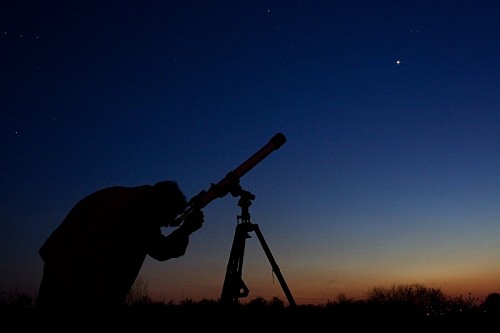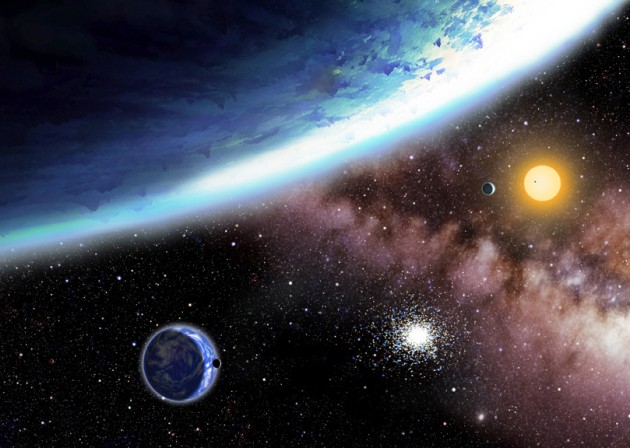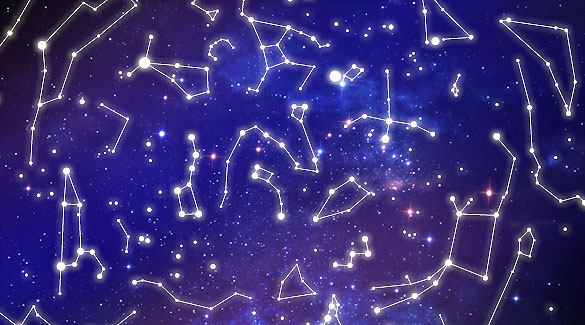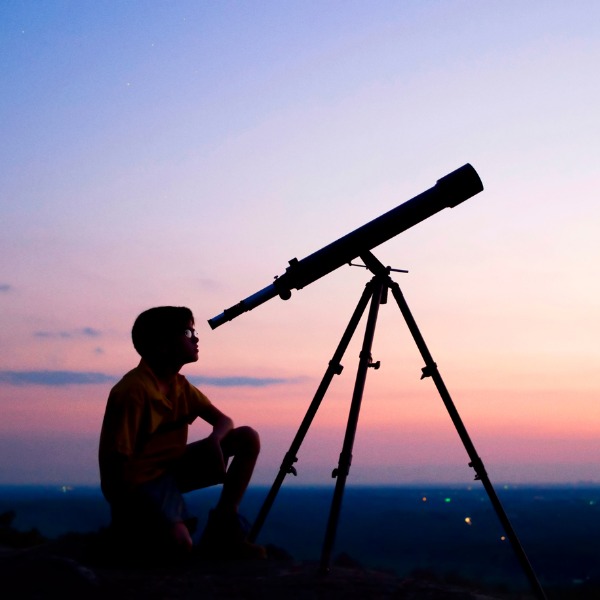Booklet: Man In Space booklet (Ascension Island 1971)
Man In Space booklet (Ascension Island 1971)
15 February (Ascension Island ) within release Man In Space Issue goes into circulation Booklet Man In Space booklet face value 44 Saint Helena penny
| Booklet Man In Space booklet in catalogues | |
|---|---|
| Stanley Gibbons: | Sg: AC SB2 |
Booklet is square format.
Contains SG nrs 135 to 140 in blocks of 4Also in the issue Man In Space Issue:
- Stamp - Chinese Rocket 1232 face value ½;
- Stamp - Medieval Astronomers face value 1;
- Stamp - Tycho Brahes Observatory face value 1½;
- Stamp - Galileo,Telescope,Drawing face value 2;
- Stamp - Isaac Newton,Apple face value 2½;
- Stamp - Harrisons Chronometer face value 3½;
- Stamp - First Manned Flight face value 4½;
- Stamp - Palomar Telescope face value 5;
- Stamp - Jodrell Bank Telescope face value 7½;
- Stamp - Mariner 7,View of Mars face value 10;
- Stamp - Sputnil 2, Dog Laika face value 12½;
- Stamp - Walking in Space face value 25;
- Stamp - Moon Landing Module face value 50;
- Stamp - Space Research Station face value 1;
- Booklet - Man In Space booklet face value 44;
Booklet Man In Space booklet it reflects the thematic directions:
An astronomer is a scientist in the field of astronomy who focuses their studies on a specific question or field outside the scope of Earth. They observe astronomical objects such as stars, planets, moons, comets and galaxies – in either observational (by analyzing the data) or theoretical astronomy. Examples of topics or fields astronomers study include planetary science, solar astronomy, the origin or evolution of stars, or the formation of galaxies. A related but distinct subject is physical cosmology, which studies the Universe as a whole
Astronomy is a natural science that studies celestial objects and the phenomena that occur in the cosmos. It uses mathematics, physics, and chemistry in order to explain their origin and their overall evolution. Objects of interest include planets, moons, stars, nebulae, galaxies, meteoroids, asteroids, and comets. Relevant phenomena include supernova explosions, gamma ray bursts, quasars, blazars, pulsars, and cosmic microwave background radiation. More generally, astronomy studies everything that originates beyond Earth's atmosphere. Cosmology is a branch of astronomy that studies the universe as a whole. .
A clock or chronometer is a device that measures and displays time. The clock is one of the oldest human inventions, meeting the need to measure intervals of time shorter than the natural units such as the day, the lunar month, and the year. Devices operating on several physical processes have been used over the millennia.
A constellation is an area on the celestial sphere in which a group of visible stars forms a perceived pattern or outline, typically representing an animal, mythological subject, or inanimate object
Famous People refers to the fame and public attention accorded by the mass media to individuals or groups or, occasionally, animals, but is usually applied to the persons or groups of people (celebrity couples, families, etc.) themselves who receive such a status of fame and attention. Celebrity status is often associated with wealth (commonly referred to as fame and fortune), while fame often provides opportunities to make money.
An observatory is a location used for observing terrestrial, marine, or celestial events. Astronomy, climatology/meteorology, geophysics, oceanography and volcanology are examples of disciplines for which observatories have been constructed
A rocket (from Italian: rocchetto, lit. 'bobbin/spool') is a vehicle that uses jet propulsion to accelerate without using any surrounding air. A rocket engine produces thrust by reaction to exhaust expelled at high speed. Rocket engines work entirely from propellant carried within the vehicle; therefore a rocket can fly in the vacuum of space. Rockets work more efficiently in a vacuum and incur a loss of thrust due to the opposing pressure of the atmosphere.
A telescope is a device used to observe distant objects by their emission, absorption, or reflection of electromagnetic radiation.Originally, it was an optical instrument using lenses, curved mirrors, or a combination of both to observe distant objects – an optical telescope. Nowadays, the word "telescope" is defined as a wide range of instruments capable of detecting different regions of the electromagnetic spectrum, and in some cases other types of detectors.








